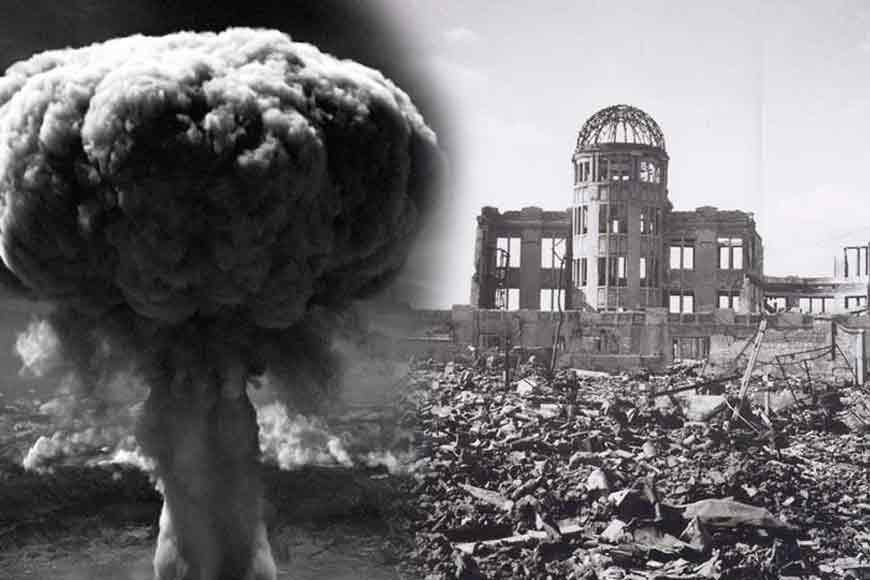Did bomber from Midnapore’s Kalaikunda Airbase drop atom bomb?

August 6, 1945, was a Black Day for the whole of humanity. It was on this day during World War II, an American B-29 bomber dropped the world’s first deployed atom bomb over the Japanese city of Hiroshima. The explosion wiped out 90 percent of the city and immediately killed 80,000 people, tens of thousands more would later die of radiation exposure. But there is a story that goes behind, the story of how Allied Forces were testing their B-29 bombers from Kalaikunda Airbase, right here in Midnapore district of Bengal.
Air Force Station Kalaikunda was built by the British during World War II to conduct raids against advancing Japanese in Burma and also for operations to transport aid to parts of China. In 1943, it was designated as a B-29 Superfortress Base for the planned deployment of the United States Army Air Forces XX Bomber Command. Incidentally this is the same aircraft that had carried the atom bomb during Hiroshima bombings.
It is believed the B-29 that dropped the atom bomb named ‘Little Boy’ on Hiroshima on August 6, 1945, commanded by Colonel Paul Tibbets, Jr. originally was stationed at Kalaikunda and took off for its launchpad air base station from Bengal. Tibbets had painted the aircraft the day before with his mother’s name, Enola Gay on it.
Since 1943 Kalaikunda was being upgraded and thousands of people from Bengal were used as labourers to upgrade the facility for B-29 Superfortress operations. It was one of four B-29 bases established by the Americans in India. When the XX Bomber Command arrived at Kalaikunda in late March 1944, the conditions at the base were poor, and the runways were still in the process of being lengthened when the first B-29s arrived.
The operational B-29 group assigned to Kalaikunda was the 468th Bombardment Group, with the 512th, 792d, 793d, 749th and 795th Bombardment Squadrons. Initially, the 468th hauled bombs, fuel, ammunition and spare parts 1,200 miles to its forward staging base at Pengshan Airfield of China, from where they were sent on a combat mission to other stations.
On 5 June 1944, the 468th flew its first operational mission from Kalaikunda against railroad yards at Bangkok, Thailand. Ten days later, flying from field A-7, the 468th bombed the Imperial Iron & Steel Works of Japan and thus started the opening of the B-29 phase of the Air Offensive against Japan. In July 1944, U. S. Marines invaded the Mariana Islands and as soon as Tinian was readied in May 1945, the group flew to West Field and continued the Air Offensive against Japan. The departure of the B-29s from Kalaikunda will forever be remembered as the darkest chapter in world history and we shudder to even think the aircraft that dropped the bomb was maintained and took off from the soils of Bengal!









